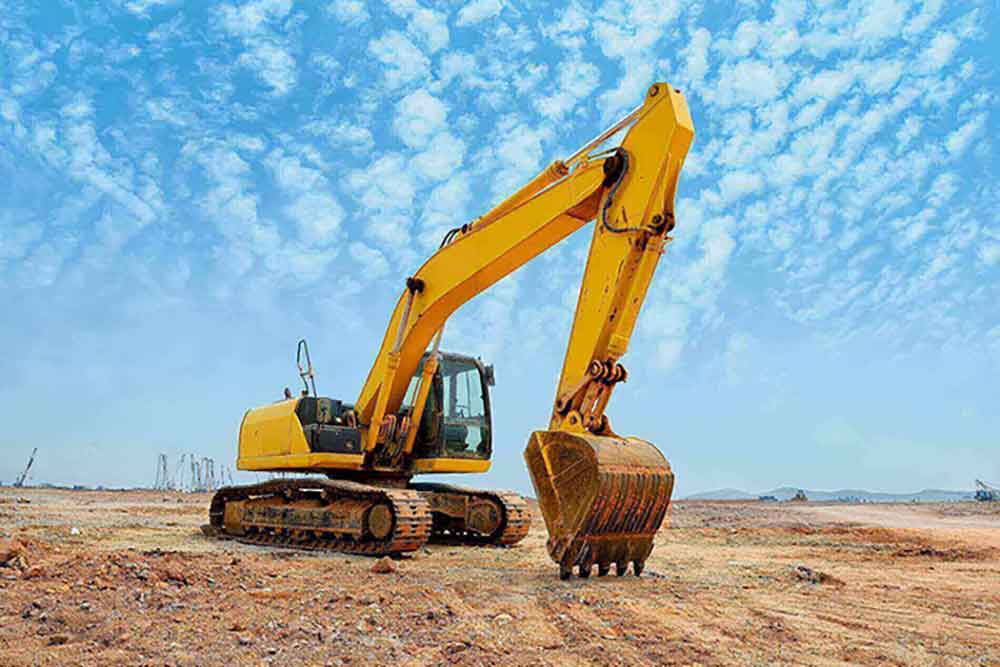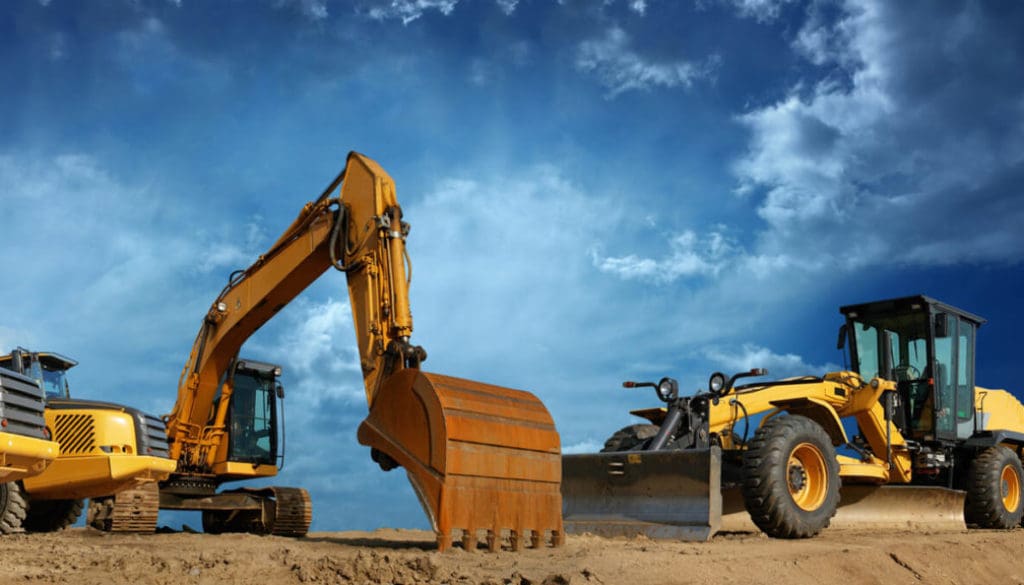Aerial Lift Rental for Construction and Maintenance Projects
Aerial Lift Rental for Construction and Maintenance Projects
Blog Article
Renting Out Vs. Buying Building Equipment: Making the Right Option for Your Task
When beginning on a building task, among the crucial choices that predict supervisors and stakeholders encounter is whether to lease or purchase construction devices. Both alternatives have their disadvantages and advantages, making the selection a pivotal one in the project planning procedure. The choice rests on different aspects such as cost factors to consider, task period, tools maintenance, scalability, adaptability, and risk administration. Each aspect plays an important function in establishing the most appropriate path for the project's equipment demands. mini excavator rental. Allow's discover these elements further to comprehend how they impact the decision-making procedure and eventually the success of the job.
Cost Considerations
When evaluating the monetary aspect of renting out versus purchasing building tools, the long-term costs and in advance costs must be very carefully thought about. Renting out tools usually needs reduced first settlements compared to purchasing, making it an attractive choice for temporary tasks or service providers with spending plan restrictions. Renting eliminates the need for large capital investments and reduces the financial danger connected with equipment ownership, such as maintenance and depreciation costs. Nonetheless, in the future, constantly renting out equipment can accumulate greater prices than acquiring, especially for extensive jobs.
On the various other hand, acquiring construction tools includes greater ahead of time costs yet can result in lasting cost savings, particularly for long-lasting projects or frequent users. Having devices gives versatility, comfort, and the possibility for resale value once the task is finished. Furthermore, owning devices permits personalization and knowledge with specific equipment, possibly raising effectiveness and efficiency on-site. Inevitably, the choice between buying and renting building and construction tools depends upon the task's duration, regularity of use, budget considerations, and long-lasting economic goals.
Project Period

Conversely, for long-lasting jobs or recurring building work, getting equipment could be the much more cost-effective choice. Buying tools can bring about set you back savings in the long run, specifically if the devices will certainly be frequently made use of. Moreover, owning equipment provides a feeling of control over its availability and allows for modification to fit certain job requirements.

Equipment Maintenance
Offered the vital role project duration plays in figuring out the most economical strategy in between leasing and buying building and construction equipment, the focus currently changes in the direction of examining the necessary facet of tools maintenance. On the other hand, possessing devices calls for an aggressive strategy to upkeep to prevent breakdowns, make sure safety, and extend the tools's lifespan. Inevitably, a well-maintained building and construction tools fleet, whether rented out or owned, is crucial for the successful and reliable completion of construction projects.
Flexibility and Scalability
In the realm of building tools management, the facet of adaptability and scalability holds considerable value for project efficiency and resource application. Opting to rent construction devices gives a high level of versatility as it permits for the fast adjustment of equipment kinds and amounts based on the advancing needs of a project.
Renting out construction tools supplies the benefit of quickly scaling procedures up or down as project demands rise and fall. Contractors can promptly trade or include tools to match the task's altering requirements without the constraints of owning assets that might become underutilized or outdated.
Risk Monitoring
Effective risk management in building devices operations is vital to guaranteeing project success and mitigating potential financial losses. Building and construction jobs inherently involve different threats, such as equipment breakdowns, accidents, and job delays, which can substantially influence the project timeline and spending plan. By carefully considering the dangers connected with owning or renting building equipment, task supervisors can make educated decisions to minimize these prospective threats.
Leasing building devices can use a level of danger reduction by moving the duty of repair and maintenance to the rental firm. This can reduce the financial burden on the job proprietor in situation of unanticipated tools failures (mini excavator rental). Additionally, renting provides the adaptability to gain access to specialized devices for specific job stages, minimizing the risk of possessing underutilized equipment
On the other hand, possessing building tools gives a feeling of control over its usage and maintenance. Nevertheless, this also means bearing the full read review obligation for fixings, upkeep prices, and devaluation, enhancing the financial risks linked with equipment possession. Mindful threat assessment and consideration of elements such as project period, equipment application, and upkeep requirements are important in identifying the most appropriate alternative for efficient risk administration in construction tasks.
Conclusion
Finally, when choosing in between renting out and getting building and construction equipment, it is necessary to consider cost, job duration, tools maintenance, danger, scalability, and flexibility monitoring. Each element plays an essential function in establishing one of the most ideal alternative for the project handy. By thoroughly reviewing these elements, task managers can make an educated decision that lines up with their budget plan, timeline, and overall task goals.

Report this page